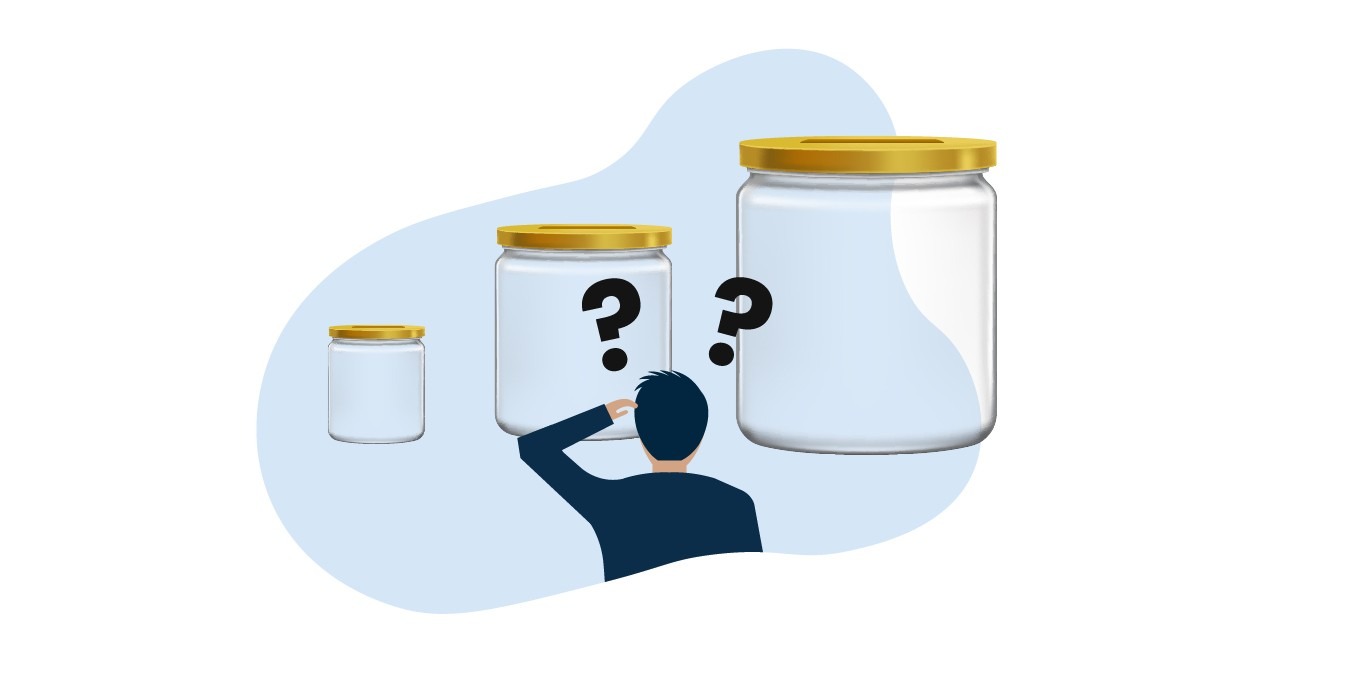Before we share the answer, let’s understand what large-cap, mid-cap and small-cap stocks are.
According to the Securities and Exchange Board of India’s (SEBI) guidelines, the large-cap space includes the top 100 companies by market cap; the mid-cap space includes companies ranked between 101-250 by market cap, whereas, the small-cap category consists of the rest.
Now coming back to the topic of whether you should invest in large-cap stocks or look at mid-cap or small-cap stocks.
The coronavirus pandemic spared nobody – not even small-cap, mid-cap or large-cap stock.
But during such times, we accept a universal idea of investing more in large-caps. And why not? The theory, after all, goes as large-caps are relatively more stable during such times, and can withstand significant market disruption. In such cases, small-caps and mid-caps may take a longer time as compared to large-caps to recover.
On the other hand, the performance of mid-caps and small-caps hinges on macroeconomic performance. When the economy is on an upward trend, the small and mid-cap stocks relatively move faster.
So, the evident approach is, to position your portfolio towards large-cap before a crash and move it to small and mid-cap when the economy is just about to recover. Sound great, right? However, the trick lies in identifying phases of the market crash and recovery, which is easier said than done.
Anyways, let’s look at how these indices fared against S&P BSE Sensex:
|
|
Sensex |
S&P BSE Largecap |
S&P BSE Midcap |
S&P BSE Smallcap |
|---|---|---|---|---|
|
All time high in 2020 |
41945 |
4750 |
15904 |
14850 |
|
Fall on 23rd March |
25981 |
2924 |
9711 |
8872 |
|
Fall (%) |
-38.06% |
-38.44% |
-38.94% |
-40.26% |
|
Recovery as on 6th August 2020 |
38050 |
4307 |
14027 |
13560 |
|
Recovery (%) |
46.45% |
47.30% |
44.44% |
52.84% |
|
Fall from high as on 6th Aug 2020 |
-9.29% |
-9.33% |
-11.80% |
-8.69% |
If you look at all the three indices, the fall looks quite coordinated in the range of 38-40%.
Now, let’s talk about the recovery from 23rd March.
As on 6th Aug 2020, S&P BSE Smallcap is winning the race followed by largecap and midcap index. The recovery in large-cap stocks has been led by a select few stocks such as Reliance Industries.
Also, if you closely look, Sensex performance surpassed midcap index performance. In fact, midcap index is still about 12% lower below its all-time high as against 9% for Sensex and large-cap index.
Since their March lows, large-caps, small-caps and mid-caps have staged a robust recovery, driving valuations up.
So, is there a buying opportunity in the mid-cap and small-cap space?
Research & Ranking outlook – Invest in Large-cap stocks Mid-cap stocks and small-cap stocks
Investing in mid-cap and small-cap is risky, especially considering the current times of slowdown. For small-cap and mid-cap stocks to perform, a broad macroeconomic recovery would be required such as affordable credit growth, rise in demand, etc., which are subdued currently. If you look now, earnings growth remains muted except in select pockets like FMCG, Pharma, Telecom, Banks and IT stocks.
Here are a few things to consider while investing in small-cap and mid-cap stocks:
- There are many mid-cap and small-cap stocks available at attractive valuations. However, the decision to invest in small-cap and mid-cap stocks should be based on your risk appetite, investment horizon and macroeconomic recovery. Even large-cap exposure requires 5 years, small and mid-caps may require even longer time horizons.
- To reduce risk, one should invest in a well-diversified portfolio of large-cap stocks, mid-cap stocks and small-cap stocks.
- Considering the dynamism, one may allocate higher proportion to large-cap stocks currently, given they have seen many such down cycles and have come out of it unscathed. To mitigate risk, one may increase their weightage to mid-caps & small-caps weightage once the risk-on mode is back but below 50%.
- For investors who are in losses after investing in small and mid-caps should not commit the mistake of selling them and moving into large-caps. That may take a longer horizon. In this case, one should follow the bottom-up approach and stay invested in stocks that display healthy fundamentals.
There are many large-cap, mid-cap and small-cap stocks. The final choice should always be dependent on your risk, horizon and goals. At Research & Ranking, we understand your risk profile, time horizon and goals and accordingly help you build a well-diversified portfolio of 15-18 large-cap, mid-cap and small-cap stocks that have the potential to help you achieve your goals.
Read more: About Research and Ranking
Related investing topics
How useful was this post?
Click on a star to rate it!
Average rating 0 / 5. Vote count: 0
No votes so far! Be the first to rate this post.

